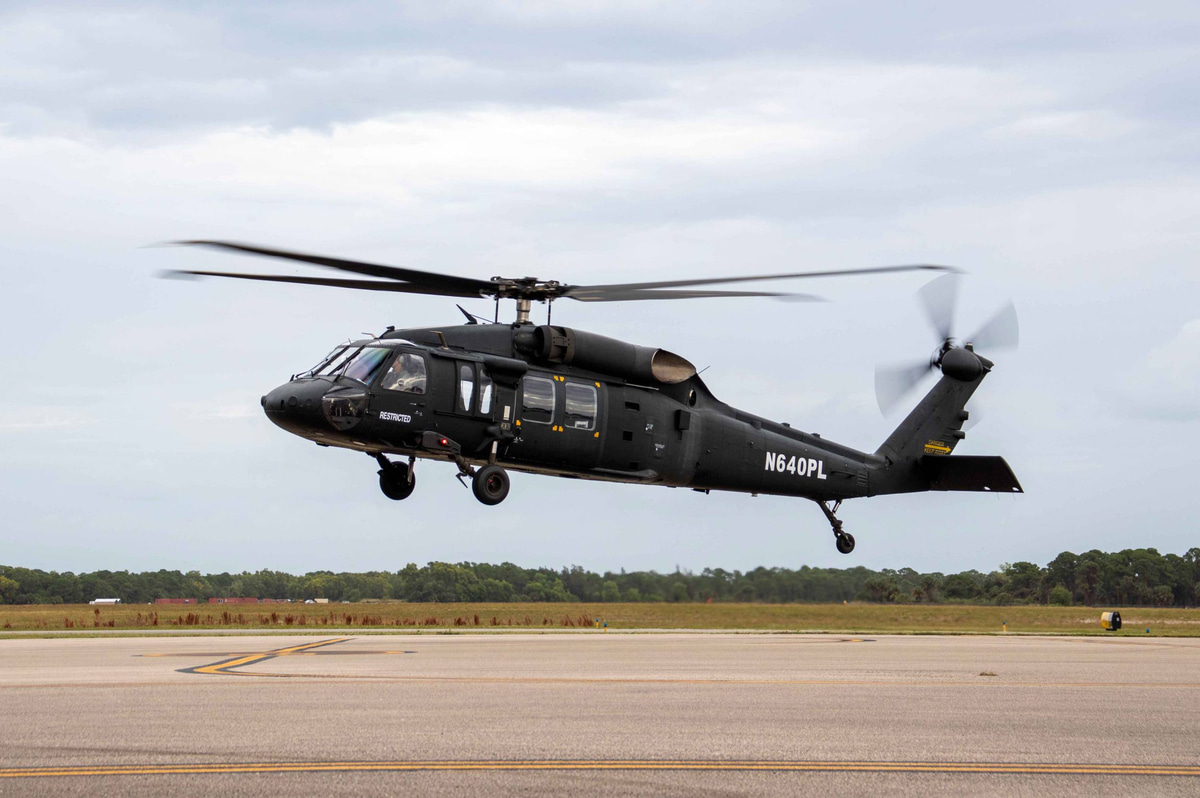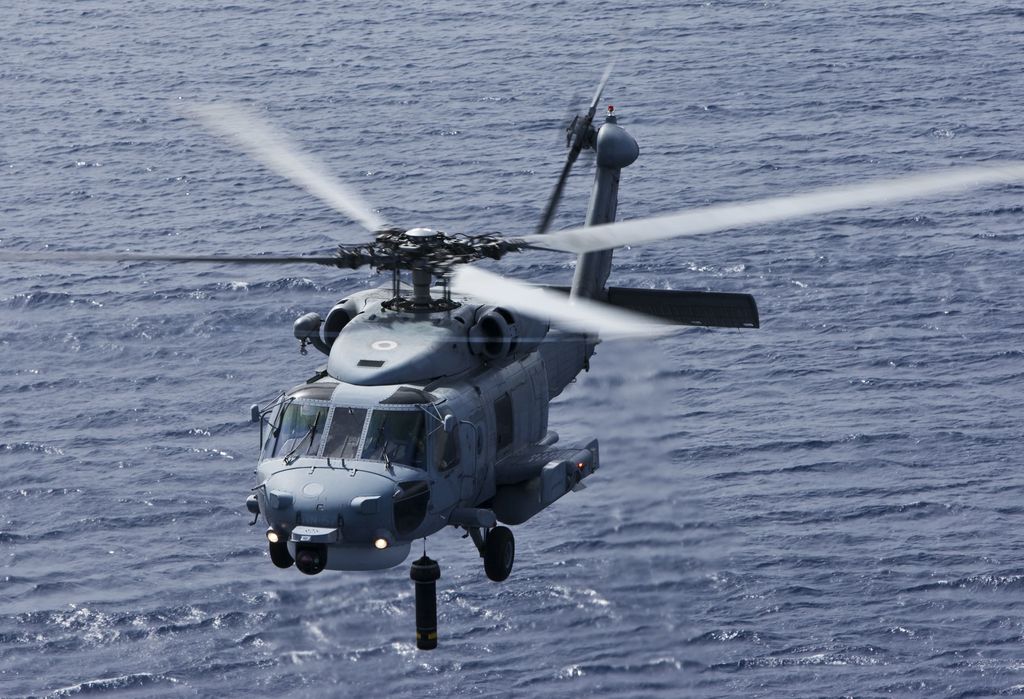Rotary-Wing Airplane Offering Superior Toughness and Precision Design
In the world of aviation, rotary-wing airplane have actually long been acknowledged for their special abilities in various operational settings. As we discover the complex balance between innovation and integrity in rotary-wing airplane, it becomes noticeable that the convergence of cutting-edge technology and proven design concepts has set a brand-new requirement for performance and performance in the aerospace market.
Development of Rotary-Wing Technology
Throughout the background of air travel, the evolution of rotary-wing modern technology has been a testament to constant advancement and development in aerial design. From the early days of upright flight with primary styles to the sophisticated helicopters and various other rotary-wing aircraft these days, the progress in this area has been impressive.
In the early 1900s, leaders like Igor Sikorsky and Juan de la Cierva made significant strides in rotary-wing modern technology. Sikorsky's VS-300 helicopter, very first flown in 1939, noted an essential minute in the advancement of practical rotary-wing aircraft. This success led the way for more developments in upright flight abilities.

Today, rotary-wing aircraft play important roles in numerous sectors, including military operations, emergency medical services, police, and industrial transportation. The development of rotary-wing innovation remains to push the limits of what is possible in vertical flight, guaranteeing that these aircraft remain essential possessions in the air travel industry.
Materials and Construction Innovations
Demonstrating a blend of sophisticated products and specific building and construction methods, rotary-wing aircraft have undergone substantial innovations in longevity and efficiency. Among the essential developments in materials made use of for rotary-wing airplane is the enhancing usage of composite products. These products, such as carbon fiber strengthened polymers, provide a high strength-to-weight proportion, boosting both the structural integrity and total efficiency of the aircraft. In addition, improvements in producing processes have actually enabled for more precise and detailed building of rotary-wing components, adding to enhanced aerodynamics and effectiveness.
Moreover, the integration of sophisticated coatings and surface therapies has played a vital duty in improving the toughness of rotary-wing aircraft. These finishings give protection versus deterioration, abrasion, and extreme weather condition problems, extending the life expectancy of the airplane and lowering maintenance demands.
In regards to building advancements, additive production, additionally referred to as 3D printing, has actually revolutionized the production of complicated components for rotary-wing airplane. This modern technology permits fast prototyping and personalization, resulting in faster development cycles and decreased costs. On the whole, the continuous evolution of products and building and construction techniques is driving the capacities and efficiency of rotary-wing airplane to new heights.
Accuracy Trip Control Systems

The integration of GPS modern technology additionally enhances the precision and reliability of these systems, enabling exact navigation, waypoint monitoring, and automated flight control. sikorsky s 70. This explanation degree of precision not just enhances the safety and security of rotary-wing operations yet likewise boosts general functional efficiency and goal effectiveness
In addition, the constant advancements in expert system and artificial intelligence have promoted the advancement of independent trip capabilities within Accuracy Trip Control Systems. This makes it possible for rotary-wing aircraft to carry out intricate missions with unequaled accuracy and consistency, making them vital assets in a vast array of applications, including armed forces procedures, search and rescue goals, and aerial photography.
Toughness in Testing Environments
In demanding functional setups, rotary-wing airplane demonstrate extraordinary strength and effectiveness, ensuring ideal performance under difficult ecological problems. These airplanes are designed to endure a large range of ecological variables, consisting of severe temperature levels, high winds, and rough terrain, making them well-suited for various missions in diverse landscapes.
One essential element adding to the toughness of rotary-wing airplane is their tough building and construction. These airplanes are developed utilizing top notch products and progressed engineering methods to improve their structural integrity and reliability. Additionally, components such as rotor blades, engine systems, and touchdown equipment are diligently created to stand up to the stress and tensions experienced during procedures in tough atmospheres.
Additionally, rotary-wing aircraft This Site are outfitted with innovative onboard systems that keep an eye on performance metrics in real-time, allowing for aggressive upkeep and early detection of possible problems - sikorsky s 70. This proactive approach aids stop unexpected failings and makes sure the continued airworthiness of the airplane in requiring operational setups. In general, the resilience of rotary-wing airplane in challenging settings is a testament to their remarkable engineering and style, making them important assets for various mission-critical procedures
Upkeep and Dependability Specifications
The adherence to stringent maintenance and dependability requirements is paramount in making sure the optimal efficiency and safety of rotary-wing airplane. Regular upkeep checks, performed by licensed technicians, are necessary to identify and attend to any prospective concerns before they endanger the aircraft's performance. These checks incorporate a comprehensive assessment of all critical elements, consisting of the engine, rotor system, avionics, and hydraulic systems, to ensure that they remain in prime functioning condition.
Furthermore, adherence to set up maintenance intervals according to manufacturer guidelines is vital for promoting the aircraft's dependability. This positive strategy helps avoid unforeseen failures and ensures that the aircraft remains airworthy for its designated objectives. In addition, the execution of robust reliability standards, such as routine element testing and replacement based upon established lifecycles, better enhances the airplane's stability.
Conclusion

To conclude, the developments in rotary-wing aircraft innovation have resulted in exceptional sturdiness and precision engineering. With innovative materials and construction techniques, along with accuracy trip control systems, these airplane can operate in difficult environments with increased reliability. The upkeep and integrity requirements guarantee that these rotary-wing aircraft remain to carry out at their best, making them essential assets for numerous markets.
Demonstrating a fusion of cutting-edge products and exact building techniques, rotary-wing airplane have undergone substantial improvements in sturdiness and performance. One of the vital advancements in products used for rotary-wing airplane is the boosting usage of composite products.With careful attention to information and advanced technical combination, rotary-wing airplane have welcomed Accuracy Trip Control Solution as a cornerstone of their functional excellence. Generally, the resilience of rotary-wing airplane in challenging settings is a testament to their premium engineering and style, making them essential properties for various mission-critical procedures.
In conclusion, the improvements in rotary-wing airplane technology have actually led to superior toughness and accuracy engineering.